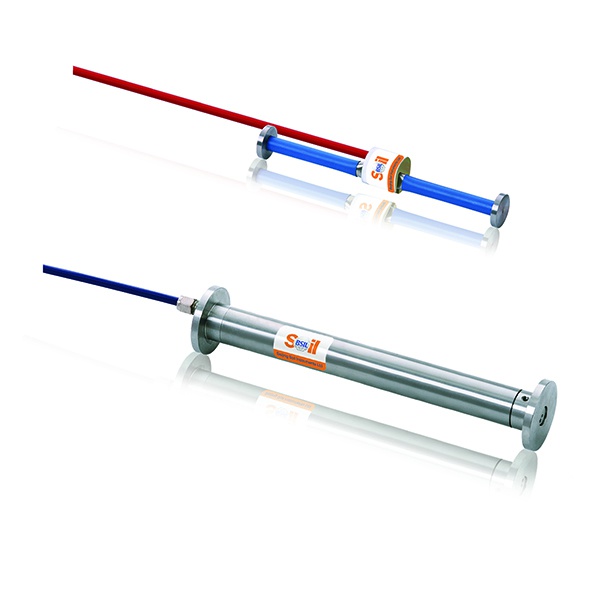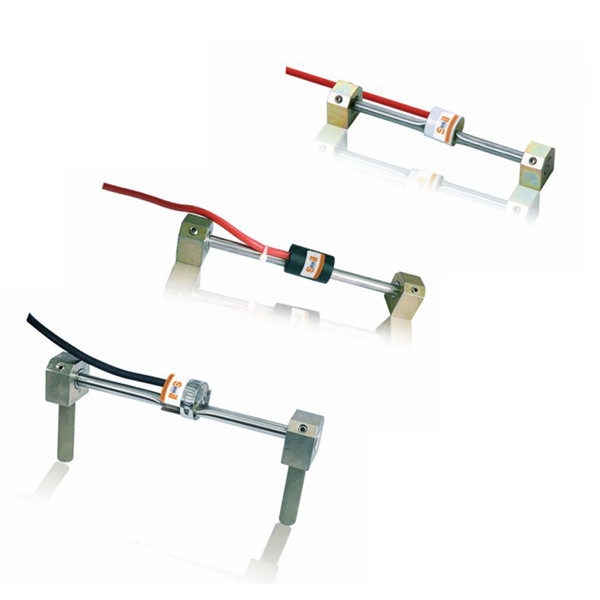Applications
The Vibrating Wire Strain Gauge is designed for long-term strain measurements of steel structures including buildings, bridges, tunnel linings, arches, struts, sheet piling, piles, dams pipelines, etc.
Key Features
◆Accurate, long-term stability
◆Robust design and reliable
◆O-ring seals provide waterproofing
◆Fit for manual or remote reading
◆Range is adjustable to suit compression or tension
◆Integral thermistor
◆Gauges and coils are re-usable
Main Specifications
Model: BSIL-ST2 | BSIL-ST2X | BSIL-ST3
Range: 3000με
Accuracy: ±0.1% F.S.
Resolution: 1με
Temperature Range: -20 to + 80℃
Waterproof: Customized 0.5MPa Customized
Gauge Length: 150mm
Operation
Deformation of the structure under load produces relative movement between the two mounting blocks causing a change in the wire tension and a corresponding change in its frequency of vibration. Once installed, changes in strain are monitored by the coil assembly mounted on the gauge. The gauges can be read individually or remotely/automatically as part of a data collection system.
BSIL-ST2 Vibrating Wire Arc Weldable Strain Gauge basically consists of a length of steel wire tensioned between two
mounting blocks that are arc welded to the surface of a structural steel member.
BSIL-S2X Vibrating Wire Arc Weldable Strain Gauge is designed as a one-piece structure for measuring strains in steel members and incorporate the excellent waterproof performance (can be customized) and techniques to allow these gauges to work in hostile conditions.
BSIL-ST3 Vibrating Wire Strain Gauge contains two groutable anchors to be embed the unit in the materials such as wood, rock or concrete.




